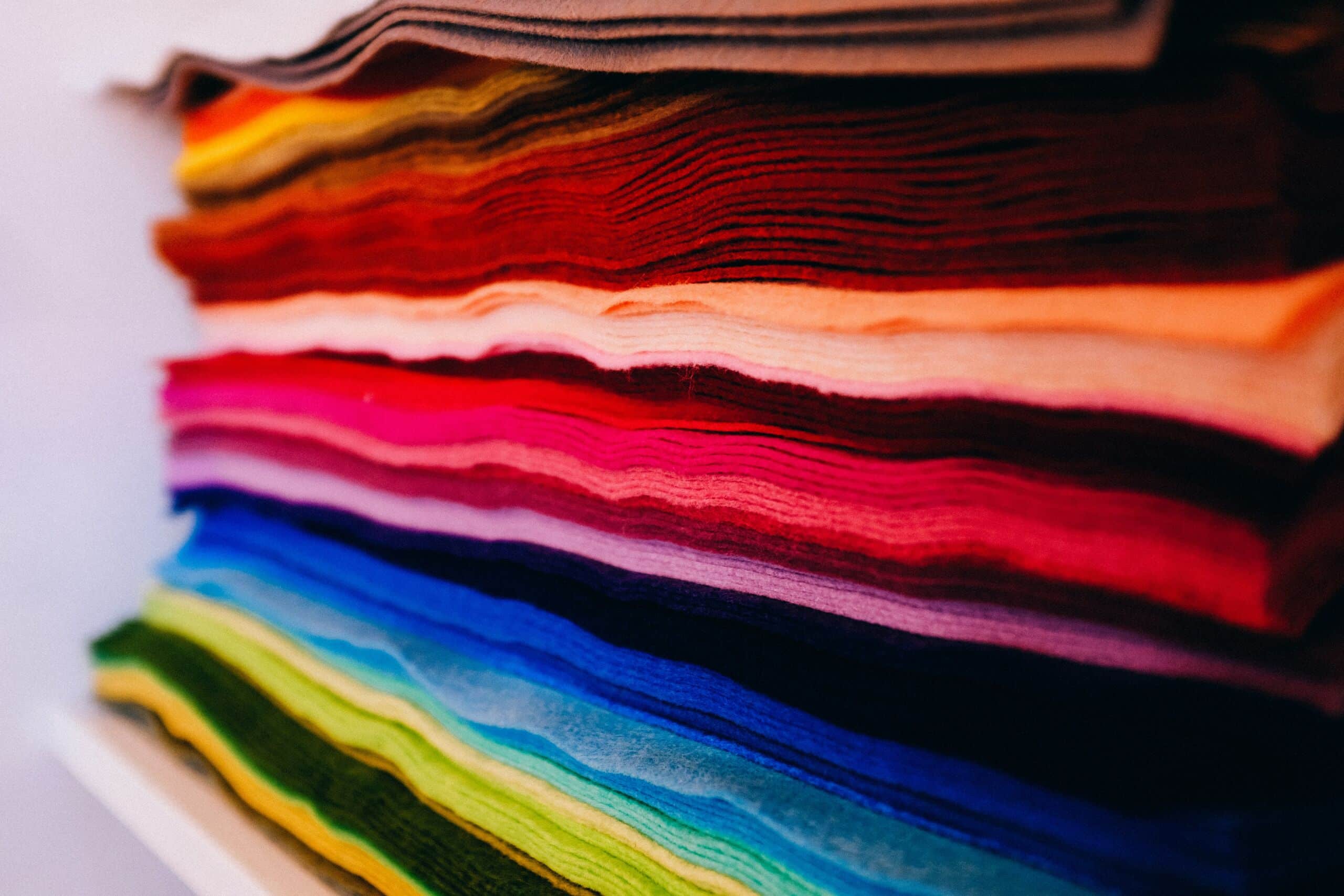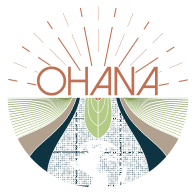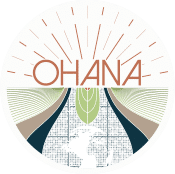
Sustainability as a Lifeline for Europe’s Textile Industry
The textile industry had already been on its toes since before COVID-19 brought it to its knees.
After travel and tourism, fashion and luxury together got hit the hardest of all consumer goods and services. From April to May, sales decreased by a devastating 60-70% in the worldwide fashion and luxury industry.
But before that, the pressure was on already to get sustainable or get packing. Legislators in Europe launched several action plans that would require the industry to transform entirely.
The EU Circular Economy Action Plan (CEAP), launched in March of this year, means that by 2023, sustainability won’t just be a nice-to-have. Affecting everything from the design and use of materials, the plan won’t be cutting the textile industry any slack. The CEAP is a key element of the European Green Deal, which has identified textile as one of the most important sectors to tackle.
Want someone with deep experience and connections in the EU to help guide your sustainability strategy? Get in touch!
Sustainability as the textile industry’s lifeline
Did COVID-19 change the textile industry’s priorities?
In a Wall Street Journal article, John D. Stoll wrote, “Today, every occupant of every C-suite is trying to figure out what they’re willing to throw overboard as the economic storm spawned by the pandemic is swamping their ships. Businesses that were planning to help save the world are now simply saving themselves.”
But sustainability may be the very way they can save themselves and keep saving the world. It adds a layer of pressure to the race to sustainability – but this race is now accelerated, not paused.
The CEAP will focus on boosting circular textiles and the market for textile reuse. Compared to other sectors, the textile industry is far behind. It’s the fourth highest-pressure category for the use of primary raw materials and water, and fifth for greenhouse gas emissions.
The EU CEAP Fact Sheet lists the hard truths:
- Worldwide, a full truck of textiles is sent to incineration or landfilled every second.
- It is estimated that less than 1% of all textiles worldwide are recycled into new textiles.
Even the ICT industry has been regulated on eco-design, waste and chemicals for almost a decade.
The textile, garment and footwear industry may be hit hard for cash flow right now – lay-offs, furloughs, and aggressive cutbacks are the new reality for most. But there’s one way the industry will make it out alive: going green.
Textile companies should consider the big picture. Under the EU Green Deal, EU authorities will develop additional policies that have an impact on their business: climate (renewable energies through the supply chain, energy efficiency, carbon border tax), zero pollution (chemicals strategy for sustainability), and even biodiversity to some extent.
A shift to a greener business model will be rewarded with government incentives, funding and support. Ecodesign and longer-lasting textiles aren’t just a trend. They’re an economic lifeline.
Aside from the economic incentives, consumer trends have taken a razor-sharp turn in favour of sustainable textile brands. Younger generations don’t only want brands that reduce their impact. They want to financially support brands who have sustainability and transparency as their unique selling proposition.
What does it mean for players in textile?
Simply put: focusing and reorienting your business toward a sustainable model isn’t just good for your brand or the world anymore, it’s going to be table stakes for anyone who wants to play.
National governments and stakeholders are stepping up to the plate
The textile industry may be a good decade behind in terms of sustainable legislation, but that doesn’t mean it’s been completely stagnant.
Nations are taking this seriously. France, for instance, was the first country to adopt a due diligence law in 2017, making multinational companies criminally liable for the human rights violations of its subcontractors.
Six years ago, Germany committed to taking on the very complex issue of working conditions in an internationalised textile industry. Their developmental policy meant Germany would no longer turn a blind eye to the poor working conditions in textile factories in developing countries. It’s tricky to put a global strategy into practice at a national level, but the upcoming legislation may support these initiatives.
The Netherlands also pushed to have 80% of Dutch companies that outsource production to support their sustainability agreement (the IRBC) by 2020. The agreement covers issues like improved working conditions and wages in textile businesses, improved animal welfare, environmental protection, and more transparency.
Little by little, organisations and nations are releasing mandatory guidelines for due diligence.
It’s not just the public that cares – multi-stakeholder initiatives are also putting in the effort. Just in mid-July, the ZDHC partnered with ChemSec to find safer chemical alternatives for the textile industry.
Another example is the Sustainable Apparel Coalition, which continues to encourage players in the textile industry to focus on sustainability because of, not in spite of, COVID-19.
The EU sets the example for sustainable initiatives
The European Union, civil society and local governments want to ensure a real transition to green. They’re calling for more effort.
They’re not just letting companies slap a green claim on their product and call it a day. Initiatives like the European Parliament’s due diligence study dove into the supply chain and the severe social issues it presents.
In 2021, the European Commission will propose a Mandatory Human Rights and Environmental Due Diligence legislation, meaning EU companies will no longer be able to turn a blind eye to poor conditions. They’ll have to prove their suppliers are following the rules at every step.
To prove that their logos are significant, companies will have to substantiate their green claims using the EU’s Product Environmental Footprint (PEF)’ methodology, outlined in 248 pages of yet-to-be-official guidelines.
Europe has always been a global leader in sustainability investments. In a Sustainable Signals report, Morgan Stanley said that 25% of the world’s $22.9 trillion in professionally managed assets, now have a sustainable investing mandate. The US accounts for $8.7 trillion, Europe $12 trillion, and the rest is spread out globally.
The EU is important not just for the strict regulations it imposes on its own companies – the due diligence will mean foreign countries need to step up their own standards if they want to continue having a piece of Europe’s €166 billion textile industry.
What the new circular economy will look like
The EU textile strategy as a part of the CEAP will take a comprehensive approach. It will cover environmental issues, promoting business models that reuse and recycle materials and release microplastics. This is the focus of the circular economy, which will prioritise models that use circular design.
Additionally, companies will have to be more transparent and their value chain will have to be traceable throughout their entire value chains.
EURATEX said that for the circular economy to be a reality, the following 12 points were key:
- Businesses will need to partner together
- Demand will reduce costs of sustainable textiles
- Products designed for circularity will be rewarded
- Consumers will be educated
- Products will not always need to be recycled, if the environmental cost of recycling them is worse than not
- Standards will need to be harmonised at the EU level
- Discarded textiles will be collected and sorted
- Green public procurement will help set the tone and demand
- Strict regulations on chemical presence in textiles
- National/local regulations must be reviewed to remove blocks to circularity
- Public-private funding to be put in place
- New service in the textile industry to consumers and value chain partners will be encouraged
Things are falling in place across Europe, and companies will have to follow suit.
Europe will lead the way, and companies will have to quickly adapt to survive and reap the benefits. Wondering what step to take next to make your textile company a part of Europe’s sustainable future? Read our article on 4 ways a public affairs consultant can help your business to see if Ohana is right for you.
Want someone with deep experience and connections in the EU to help guide your sustainability strategy? Get in touch!
Join our newsletter to keep up to date with the latest news and information coming out of the EU.




